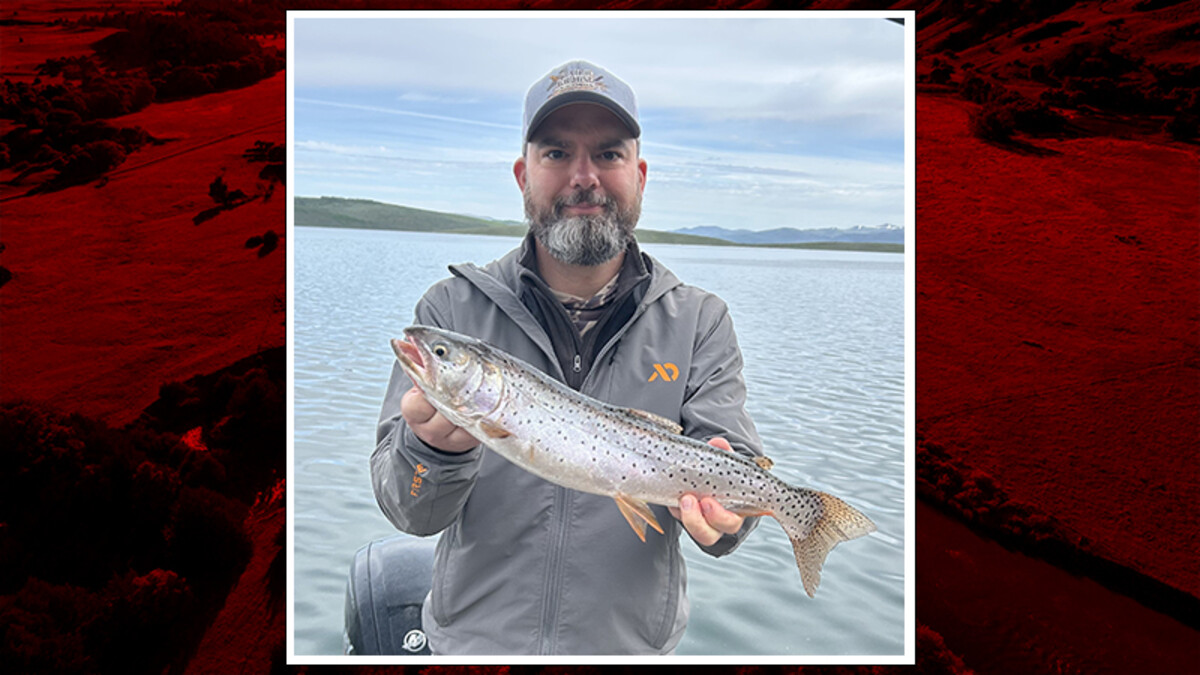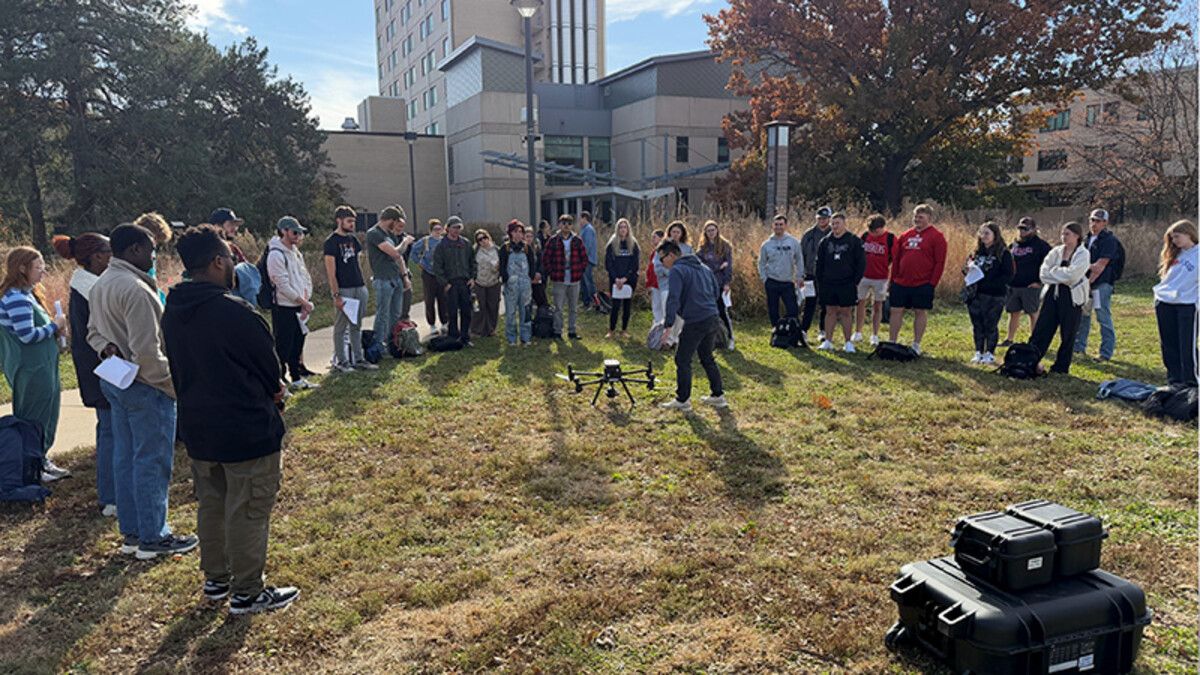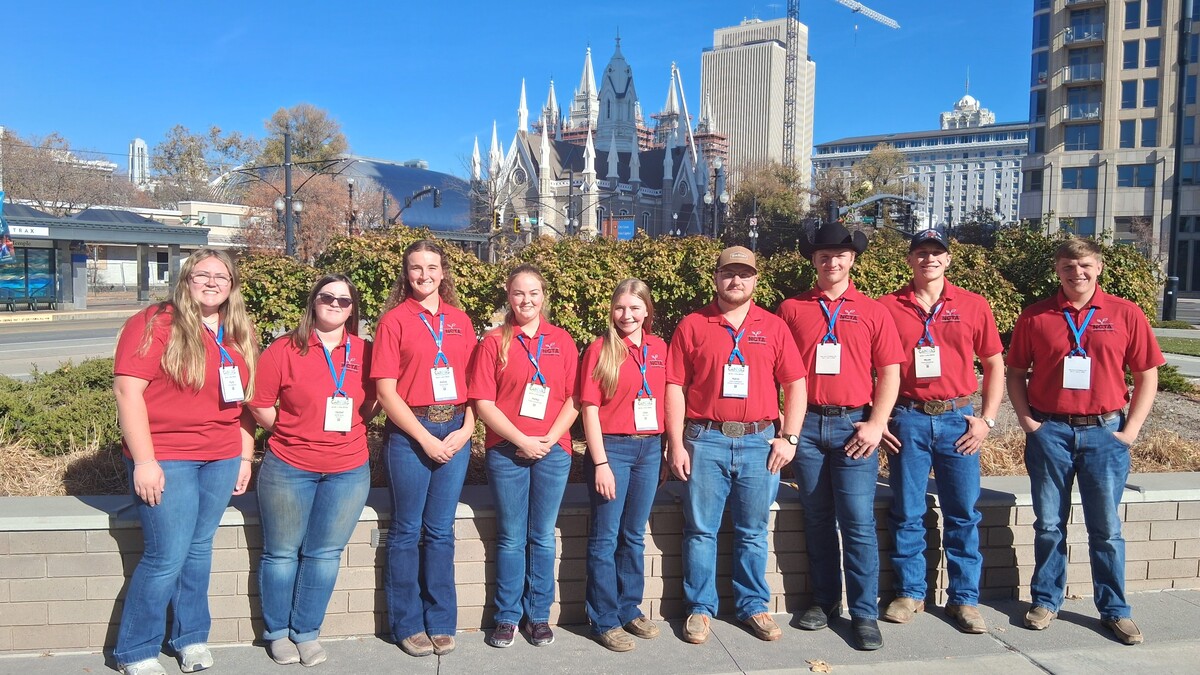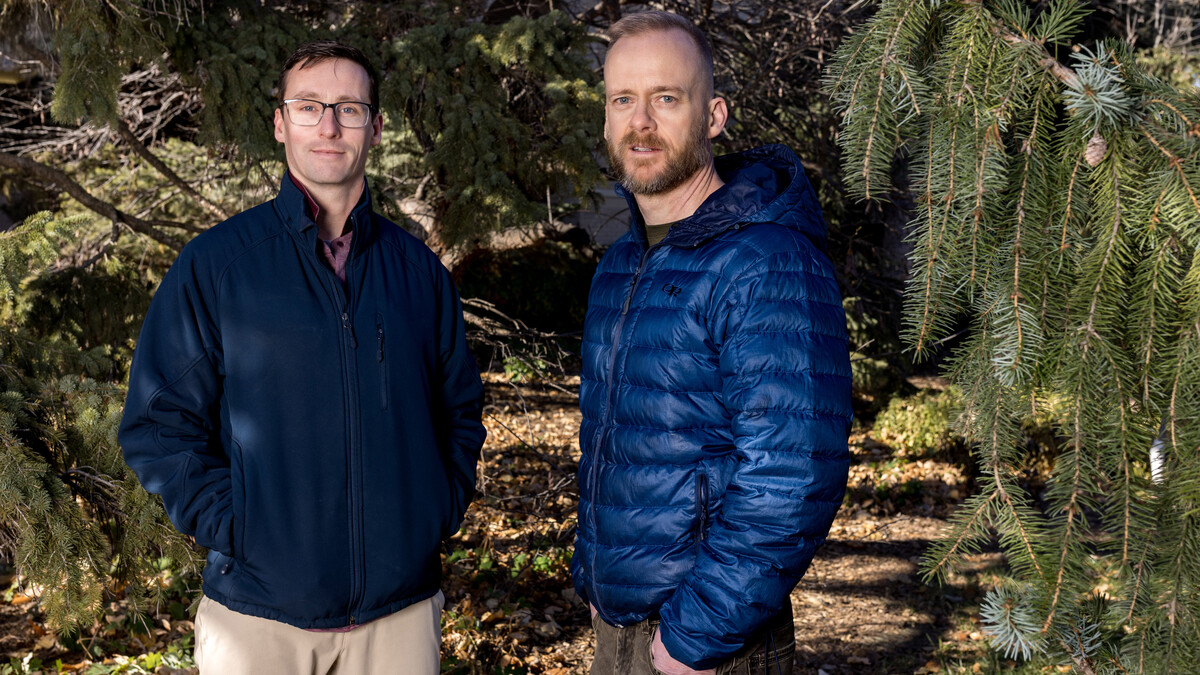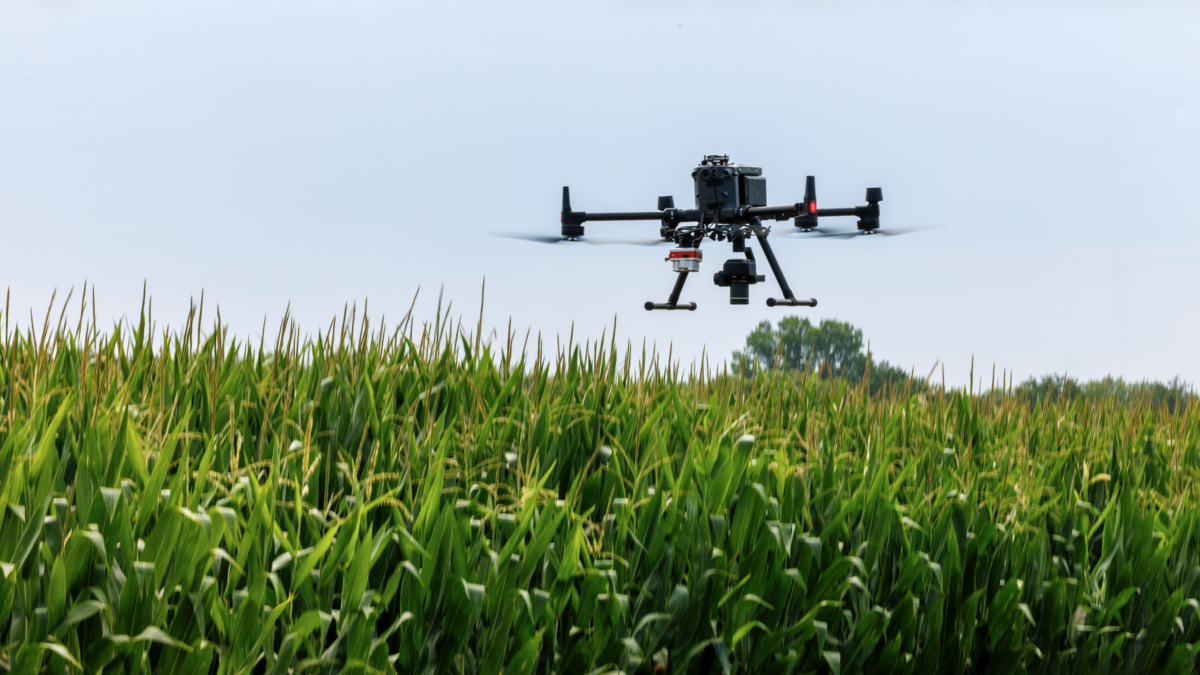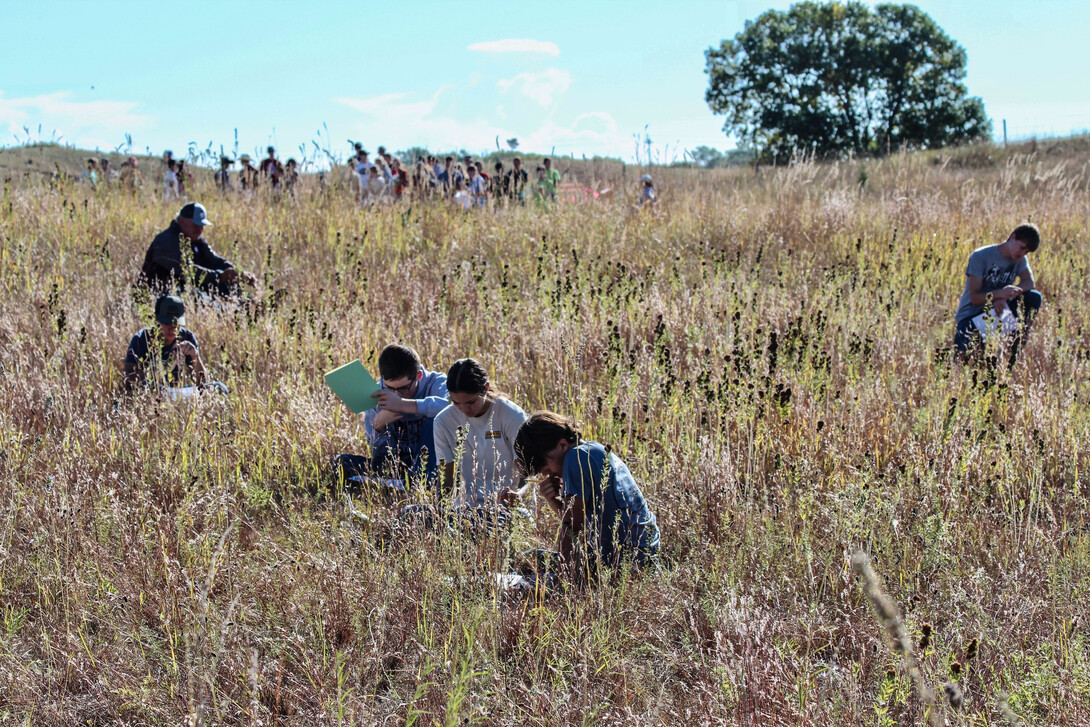
Lincoln, Neb. —Nebraska Extension and the then Natural Resources Conservation Service started range judging in 1954 in Ainsworth as an opportunity for 4-H’ers to learn about Nebraska rangelands. It has since expanded to a statewide contest that includes FFA chapters and agriculture and science classrooms. Every year, there are six area contests and the state contest. Winners of the state contest advance to the national contest.
Jerry Volesky, a range and forage Extension specialist, has been involved with the Range Judging Committee since 1995 and has played a role in revising the “Range Judging Handbook and Contest Guide for Nebraska.”
According to Volesky, records show increased participation with about 550 contestants in 1988 to well over 1,300 in recent years.
“We have to give credit to the ag teachers in the high schools because they have to be interested in teaching and taking their students range judging,” Volesky said.
Chair of the State Range Judging Committee, Kristy King, describes the contest as consisting of plant identification and characteristics, ecological site identification, identifying similarities between the existing plant community on the sight and the reference plant community, answering a ranch map problem, including determining stocking rate and management questions, and completing a general range quiz.
The State Range Judging Committee meets twice per year to plan for the upcoming area and state contests. The group of 30 is spread across the state and assists the six area hosts with their contests.
Volunteers with the Natural Resources Conservation Service, Natural Resource Districts, Nebraska Extension and other agencies also play a major role in hosting and keeping the contests running smoothly.
“We are trying to pull in other agencies like Nebraska Game and Parks, The Nature Conservancy and other natural resource agencies that would be willing to help,” King said. “I reach out to potential volunteers with a letter informing them of the contest in their area and getting everyone connected.”
According to King, the committee’s goals are connecting youth with agriculture, allowing youth to explore different parts of the state as contest locations rotate, sparking career interests in youth and encouraging youth to share what they have learned through range judging.
“Range judging boils down to learning in a competitive way,” Volesky said.
Sheridan Wilson is a grassland systems major from Arthur, Nebraska, who participated in range judging through 4-H and FFA.
“Participating in range judging has made my classes easier to understand having already practiced the types of calculations and being able to identify the majority of the plants,” Wilson said.
Wilson also attributes range judging to helping her network with industry professionals and better understand what is going on with the rangeland at home.
One of the ways for youth to build friendships and network with industry professionals is through the week-long Range Camp which is hosted by various rangeland and conservation agencies. At camp, participants learn more about range judging and work on identification skills.
“Even if you are not interested in range judging, it’s super fun to go to range judging competitions,” Wilson said. “I don’t know what it is about it, but you just tend to have fun.”
By participating in range judging in high school, Wilson and King both had greater success in college, internships and career paths.
“One of the main reasons I work for NRCS is because of range judging in high school, otherwise I would not have known much about the agency and career potentials,” King said. “Range judging heavily influenced the college I attended, the degree I pursued and the reason why I wanted to work for NRCS.”
